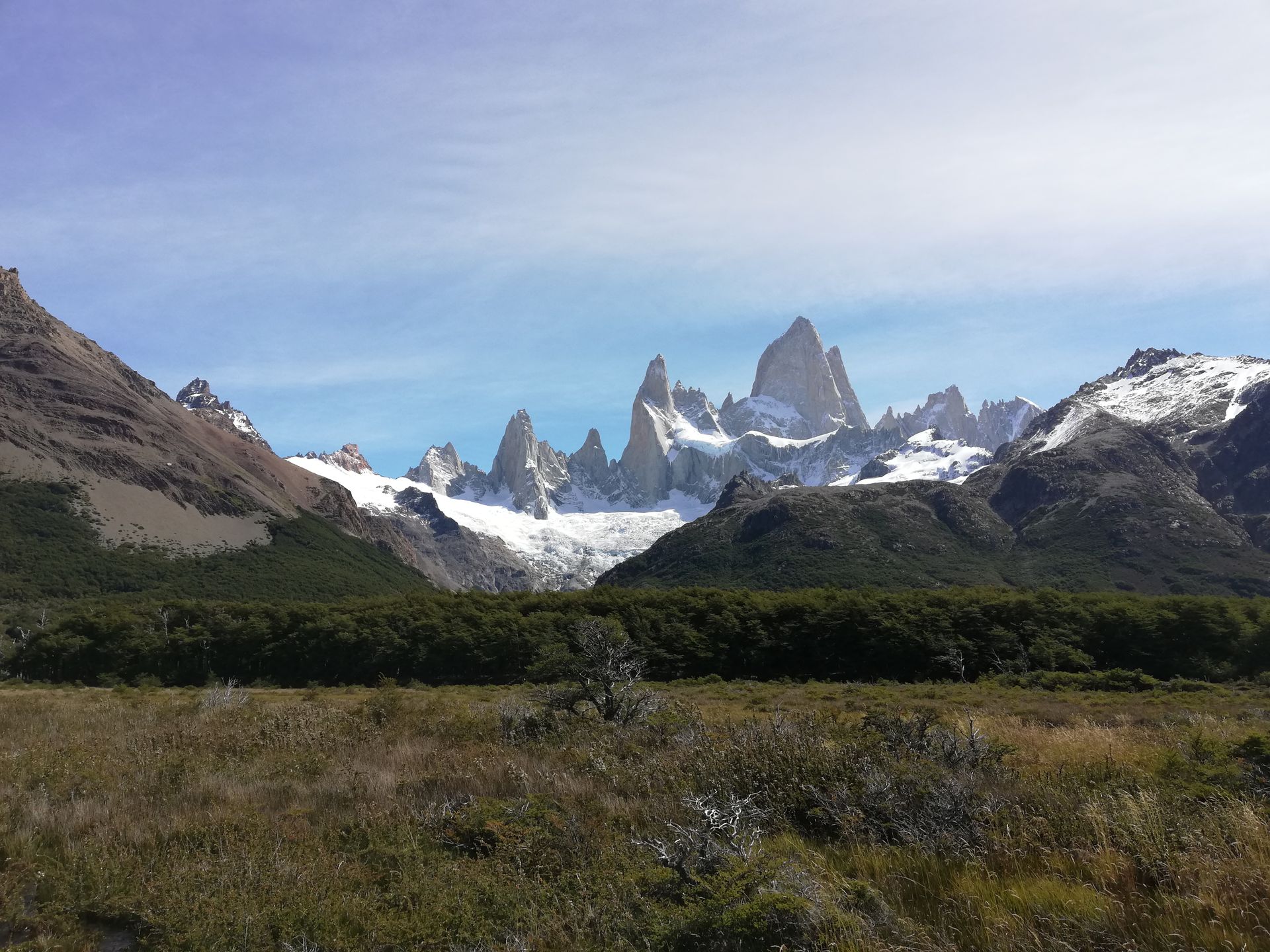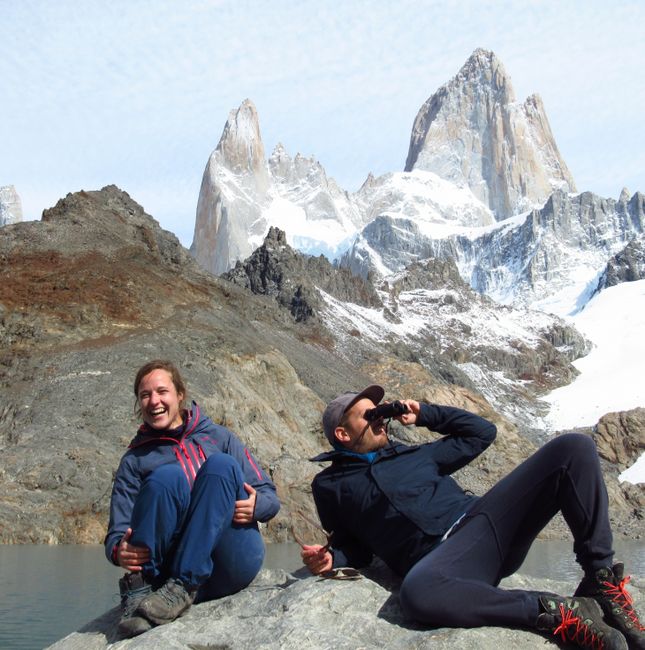
Reiseblog von Fabienne & Simon
vakantio.de/fabienneundsimonontour
S: Luxury cruise around the fjords of Tierra del Fuego
Uñt’ayata: 15.02.2020
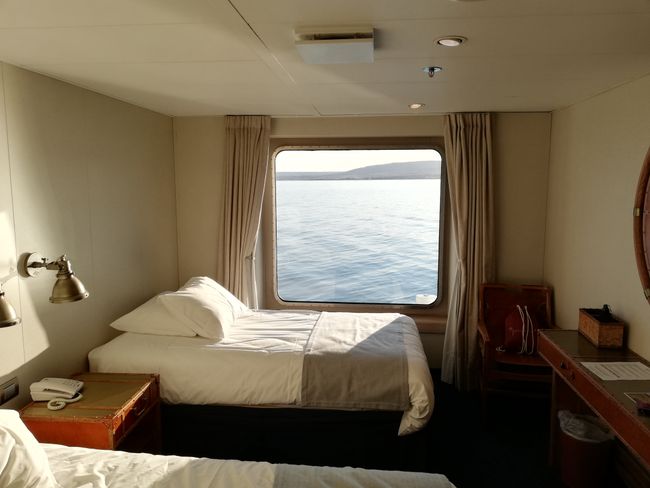
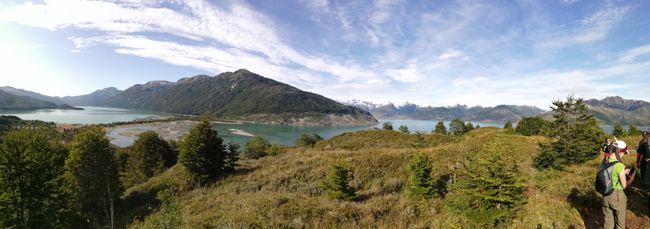
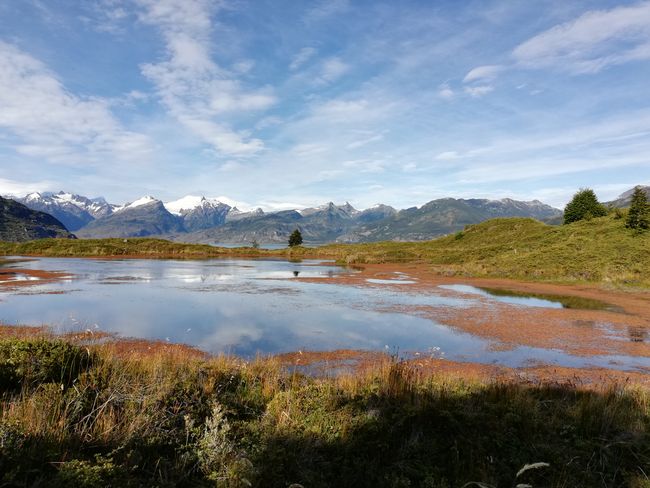
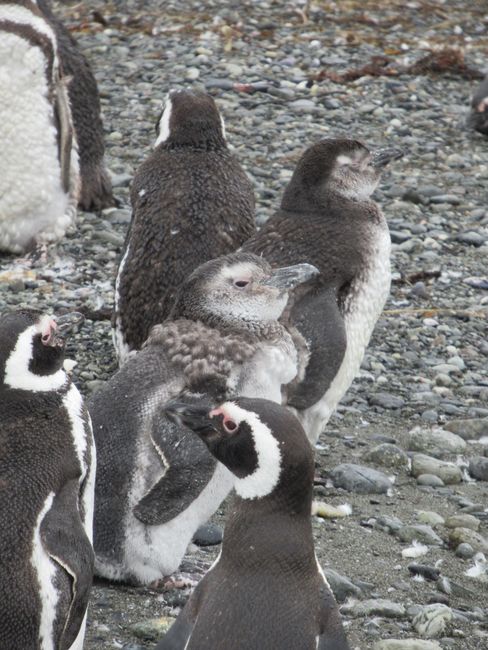
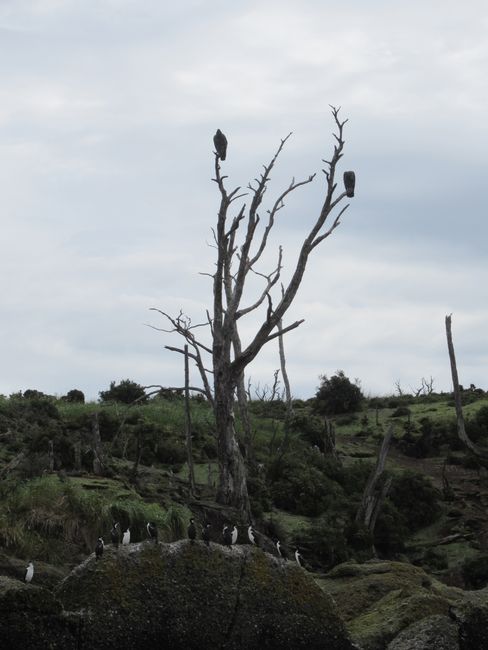
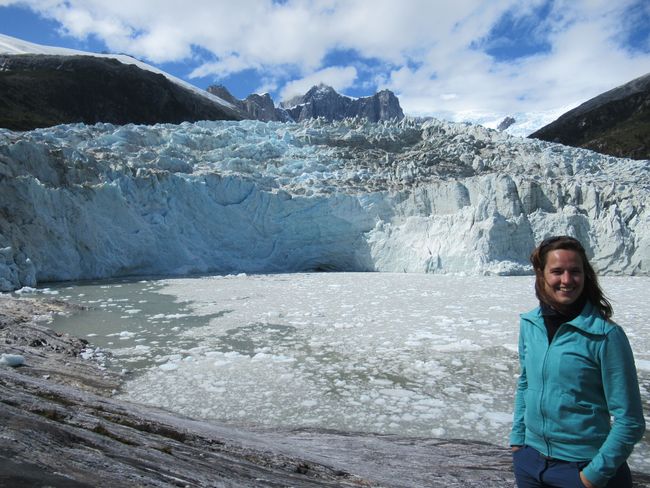
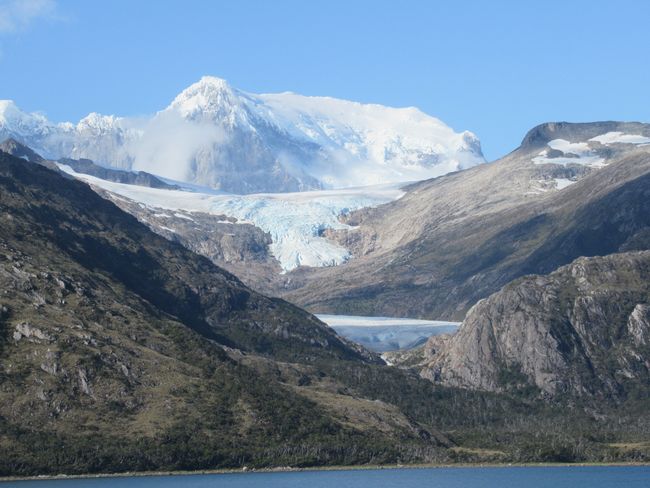
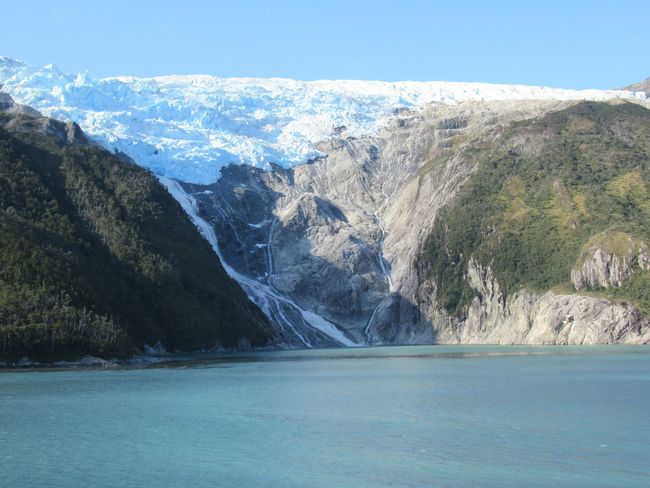
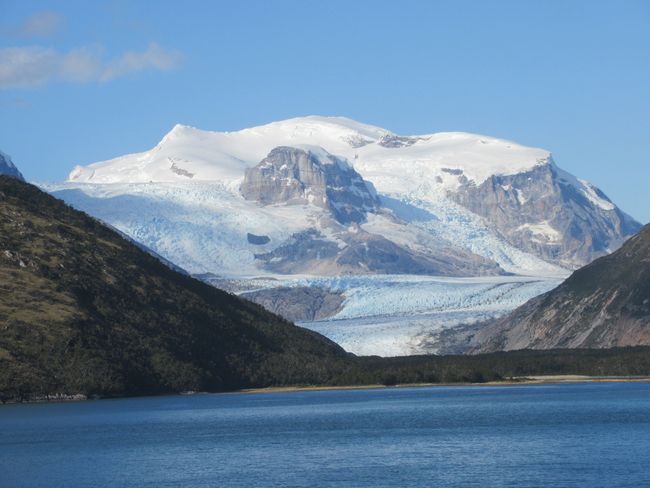
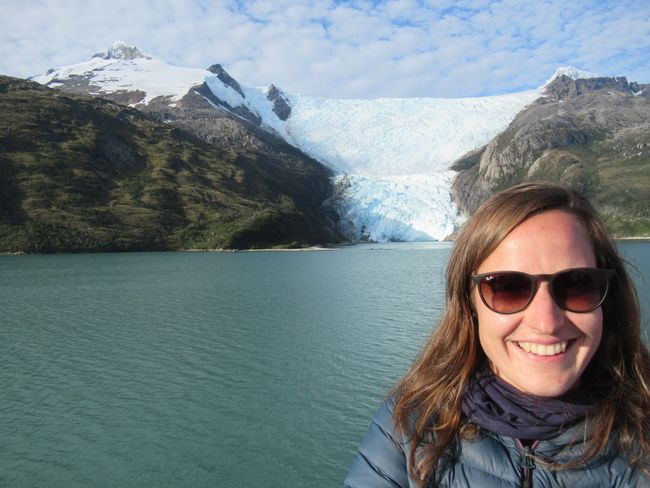
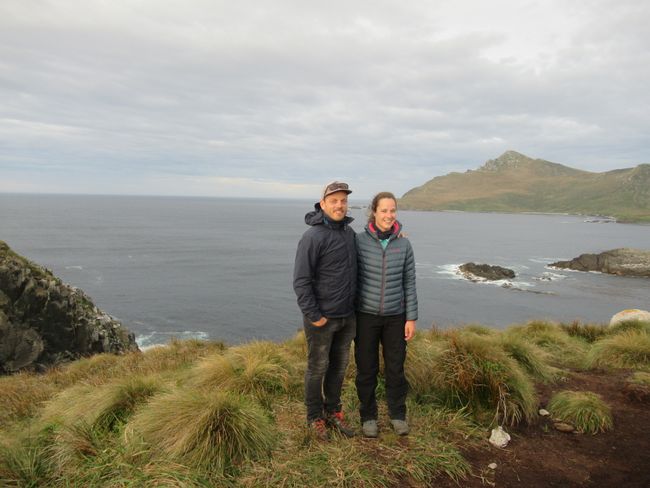
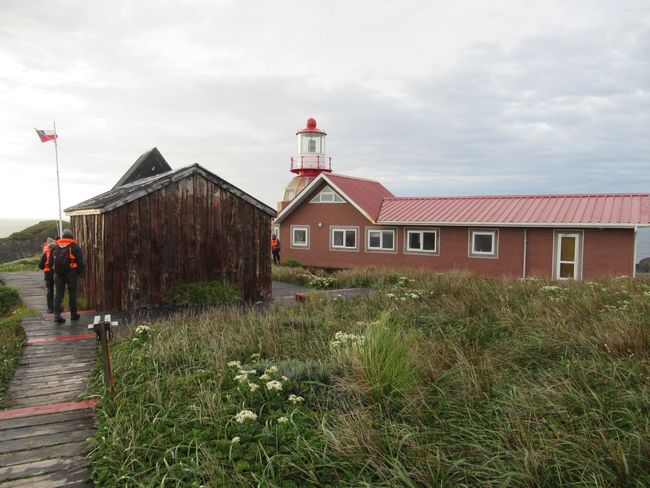
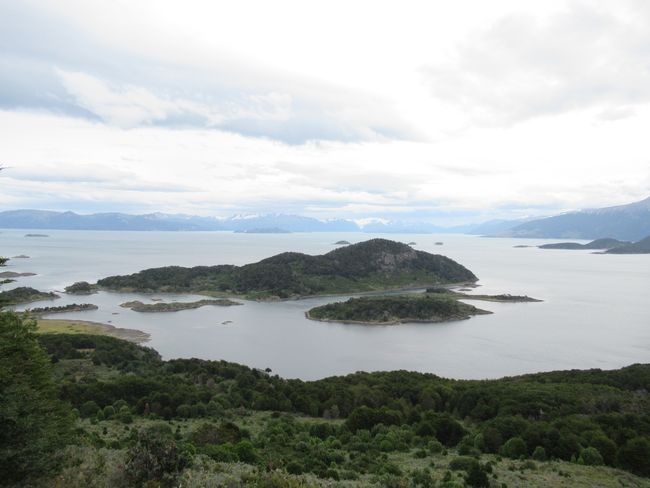
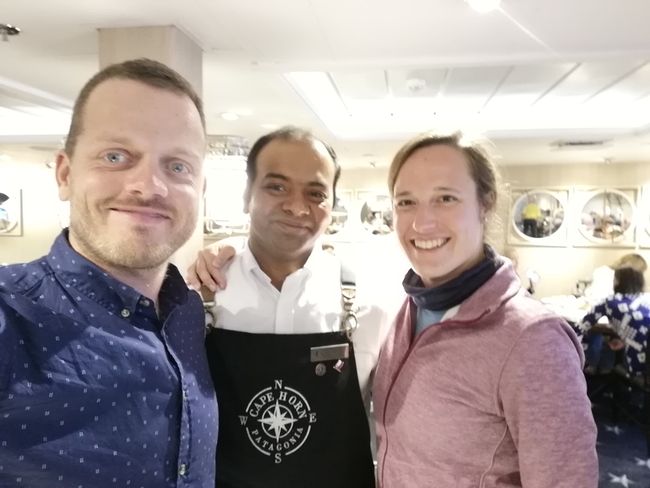
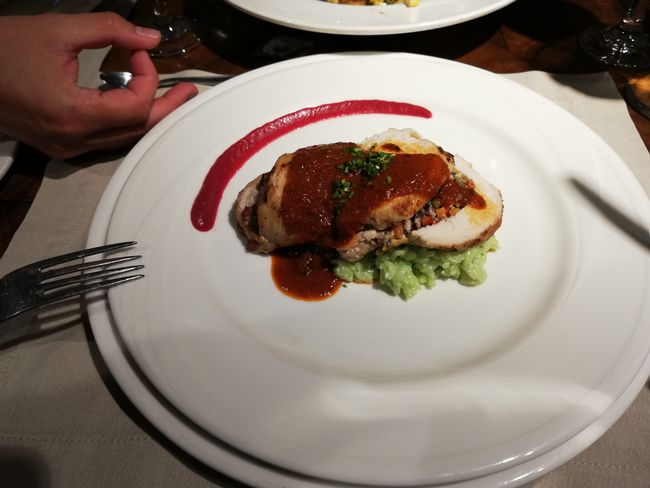
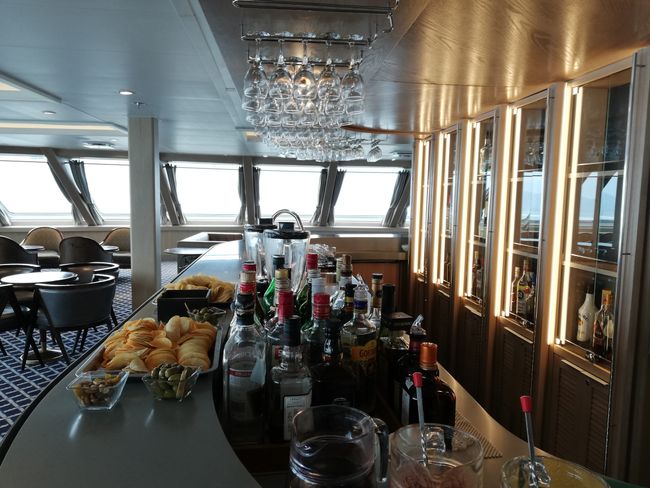
Yatiyäw qillqatar qillqt’asipxam
My fans complain that I write too little... Well, I complain that only a few people read our posts! If this post doesn't get 'liked' by at least 10 people, my next post will only be from New Zealand, which is our next destination. :-)
How should I put it, but I was already fed up with mountains and glaciers in Puerto Natales after the trek in Torres del Paine National Park, so Fabienne and I were even considering parting ways for a short time. I long for the beach and sun, for some variety. Fabienne can't get enough of glaciers and mountains, and in the next few days we will travel north again, east of the Andes, to visit more glaciers and mountains. So I thought, why not fly to Buenos Aires quickly for a week of kitesurfing. But it turned out differently, very differently.
We had heard about this cruise ship - Cruceros Australis. The ship sails between Punta Arenas (Chile) and Ushuaia (Argentina). 4 days of sailing through beautiful fjords, excursions to lands with penguins and glaciers (what else?). List price according to the internet: USD 3,100 per person, are they crazy? Torn between what the two of us (or each of us individually) should do, we inquired whether there would be a last-minute discount. There was. But it still cost around USD 2,300 per person.
Ultimately, our thoughts were something like this: Fuck it! You only live once!
Thought, booked, paid.
Next day/Day 1: Check-in. Average age 50+. Number of passengers: 164, crew members: 65. Our luggage is already in our room. Soon it will be dinner time and we will already get a taste of the culinary delights we will enjoy in the next few days.
Day 2: Excursion to the original moraines of the Marinelli Glacier: It has shrunk by 17 kilometers in 100 years. Excursion to the Magellan penguins: Since these birds don't have natural enemies on land, they are not shy. In the memories of the first explorers of this region, it is also mentioned that these penguins were very popular as a meal, as they were easy to catch.
Day 3: Glaciers, glaciers, glaciers.
Day 4: Cape Horn, the southernmost point of South America. There even was a super cool stamp for the passport... Afternoon in the Wulaia Bay. Originally inhabited by the Yagan Indians, until they were displaced or exterminated by the colonizers around 1900. Arrival late in the evening in Ushuaia. Night out in Ushuaia with crew members in some bar, can't remember the name.
Day 5: Check-out in Ushuaia.
In hindsight, it was definitely worth the money for us. With the inflatables, we were able to reach places that would otherwise have been inaccessible. It was a small cruise ship (PS: our premiere and probably also our last one for a while) with excellent staff and, personally, a very, very important point for me: culinary highlights only:
- Huge, varied breakfast buffet (impossible to try everything)
- Large, varied (Asian, seafood, Italian) lunch buffet (also impossible to try everything)
- A la carte dinners
- New wines for lunch and dinner every day, red and white.
- Bar open until midnight
- Self-service refrigerator with soft drinks and beers and a coffee machine behind the bar
:-D :-D :-D
For extremely interested people and as a reminder for us, here is the more detailed program:
Punta Arenas
Check in at 1398 Costanera del Estrecho Ave. (Arturo Prat Port) in Punta Arenas between 1:00 and 5:00 PM on the day of your Australis cruise departure.
Board the vessel at 6:00 PM. After a welcoming toast and introduction of the captain and crew, the ship departs for one of the most remote corners of planet Earth. During the night, we cross the Strait of Magellan and enter the labyrinth of channels that define the southernmost point of Patagonia. The lights of Punta Arenas gradually fade into the distance as we enter the Whiteside Canal between Darwin Island and Isla Grande de Tierra del Fuego.
DAY 2
Ainsworth Bay - Tucker Islets
By dawn, the ship is sailing up Admiralty Sound (Seno Almirantazgo), a spectacular branch of the Strait of Magellan that extends nearly halfway across Tierra del Fuego. The snow-capped peaks of Karukinka Natural Park stretch along the north side of the sound, while the south shore is characterized by the deep fjords and wide bays of Alberto de Agostini National Park. We go ashore at Ainsworth Bay, which is home to abundant birdlife and a colony of southern elephant seals that can sometimes be seen from the Zodiacs. Two guided excursions are available: one along the edge of a stream, peat bog, and beaver habitat to a waterfall and moss-covered rock face tucked deep inside a pristine subpolar forest; the other is a more challenging hike along the crest of a glacial moraine. Both offer views of Marinelli Glacier and the Darwin Mountains.
Leaving our Ainsworth Bay tour behind, we sail west along the sound to the Tucker Islets. After lunch, we board the Zodiacs again for a close-up view of the Magellan penguins that inhabit the tiny islands. More than 4,000 penguins use Tucker as a place to nest, give birth, and nurture their chicks. Many other bird species also frequent the area, including king cormorants, oystercatchers, Chilean skuas, kelp geese, dolphin gulls, eagles, and even the occasional Andean condor. In September and April, when the penguins live elsewhere, this excursion is replaced by a short walk to a glacier in nearby stunning Brookes Bay.
DAY 3
Pia Glacier - Glacier Alley
During the night, we sail around the western end of Tierra del Fuego through the narrow Gabrial Channel, Magdalena Channel, and Cockburn Channel. After rounding the remote Brecknock Peninsula, the Australis cruise changes course to the east and enters the Beagle Channel again. In the morning, we enter Pia Fjord and board the Zodiacs for a tour to Pia Glacier. After landing, we take a short hike to enjoy a panoramic view of the magnificent glacier, which stretches from the mountaintops down to the sea, or a longer and much more difficult walk up the lateral moraine of the old Pia Glacier.
No one knows for sure how the enormous mass of snow and ice got its feminine name, but one theory says that it was named after Princess Maria Pia of Savoy (1847-1911), daughter of the Italian king.
Back on board the ship, we continue east along the Beagle Channel through an area called Glacier Alley. True to its name, this passage features several impressive tidewater glaciers that descend from the Darwin Mountains and Darwin Ice Sheet on the north shore. Most of them are named after European countries - Holland, Italy, Germany, Spain, and France.
DAY 4
Cape Horn - Wulaia Bay
In the morning, we sail across Nassau Bay and enter the remote archipelago that includes Cape Horn National Park. If weather and sea conditions allow, we will go ashore on the windy island of legendary Cape Horn (Cabo de Hornos). Discovered in 1616 by a Dutch maritime expedition, and named after the town of Hoorn in West Friesland, Cape Horn is a sheer 425-meter (1,394-foot) high rocky promontory overlooking the turbulent waters of the Drake Passage. For many years, it was the only navigation route between the Pacific and Atlantic, and was often referred to as the 'End of the Earth.' The park was declared a World Biosphere Reserve by UNESCO in 2005. The Chilean navy maintains a permanent lighthouse on the island, staffed by a lightkeeper and his family, as well as the tiny Stella Maris Chapel and modern Cape Horn Monument.
In the afternoon, we navigate the narrow Murray Channel between Navarino and Hoste Islands and anchor at the historic Wulaia Bay, one of the few places in the archipelago where human history is just as fascinating as the natural environment. Originally a site of one of the region's largest Yámana aboriginal settlements, the bay was described by Charles Darwin and sketched by Captain FitzRoy during their voyages on the HMS Beagle in the 1830s. This area is also renowned for its mesmerizing beauty and dramatic geography. After visiting the Australis-sponsored museum in the old radio station, which provides insight into the Yámana people and European missionaries in the area, passengers can choose from three hikes of increasing difficulty that ascend the densely forested mountain behind the bay. On all of these hikes, you will stroll through an enchanting Magellan forest of lengas, coigües, canelos, ferns, and other endemic flora to reach a panoramic viewpoint overlooking the bay. Before leaving Wulaia Bay, leave something in the wooden mail barrel inside the museum - letters or postcards to be hand-delivered by future travelers - an ancient mariners' tradition revived by Australis.
DAY 5
Ushuaia
The next morning, we sail into Argentine waters and dock in Ushuaia, the southernmost city in the world.
Arrival at 8:30 a.m. and 9:30 a.m. depending on the departure date. (But that's not correct, we had already arrived the night before and I went out in Ushuaia with other passengers and crew members :-))
Yatiyäw qillqatar qillqt’asipxam
Jaysawi (3)
Peter
Jetzt fordert man schon Likes, damit man noch schreibt?!? Jedenfalls hast du mein Like erhalten!Mario
De Sarah gfallts au, sind aso scho drü likes^^Susi
Sweet Möni 🤙🏼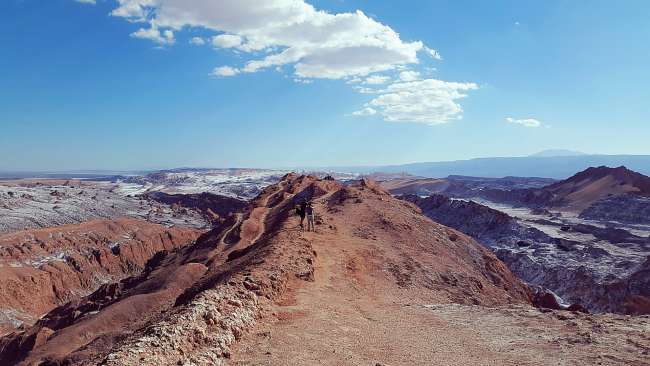
Viajes ukan yatiyawinakapa Chile markanxa
